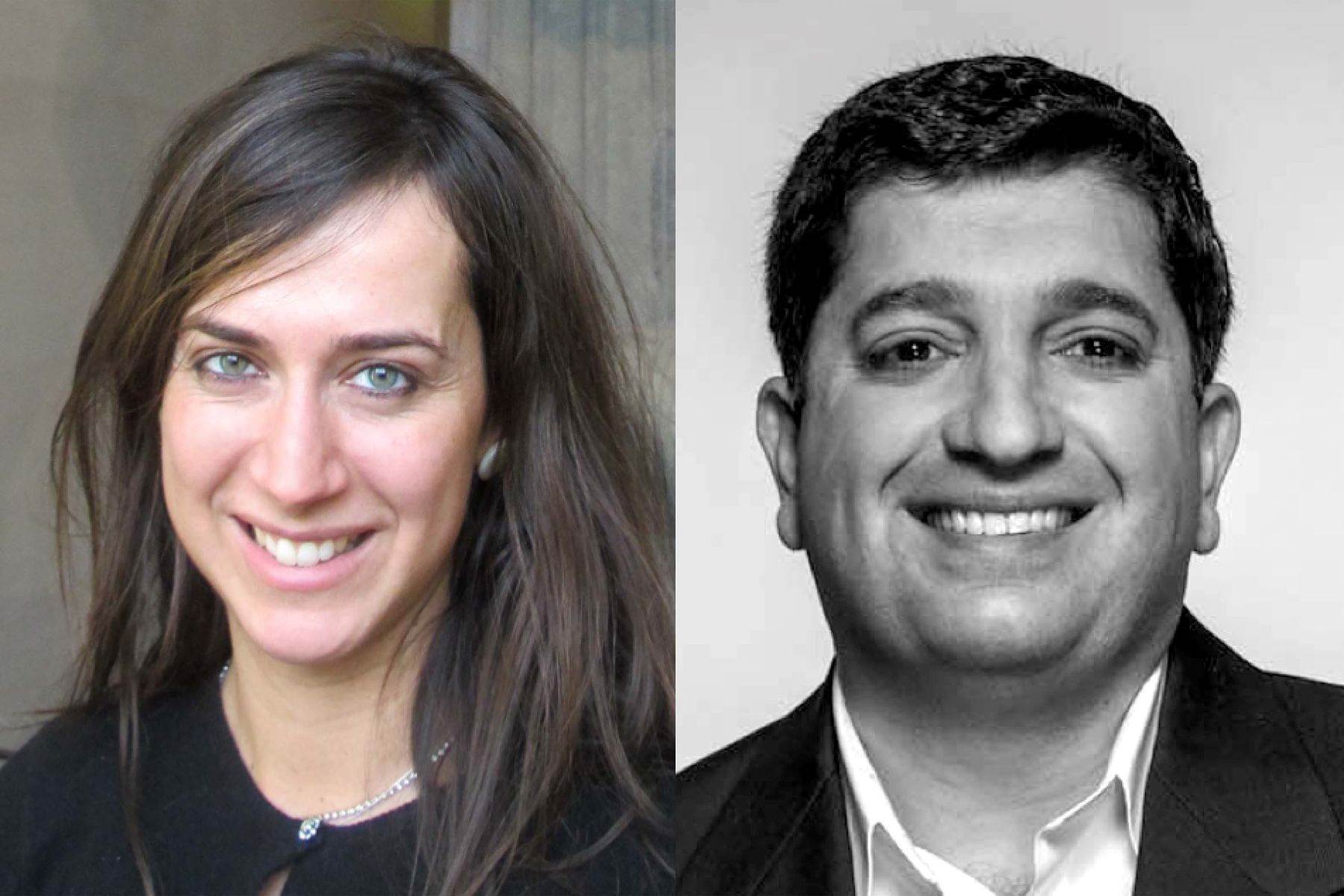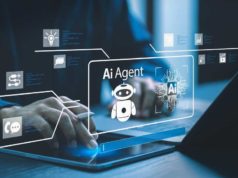
Borders between disciplines at MIT have proven increasingly permeable in recent years. Now, with the Institute for Data, Systems, and Society (IDSS), researchers in the social sciences have a powerful platform for collaborating with peers in engineering and the natural sciences.
IDSS, which spans all five schools at MIT, offers opportunities to combine state-of-the-art social science research with analytical approaches in information and decision systems as well as statistics and data science to solve complex societal challenges in areas such as health, finance, energy, social networks, and social phenomena.
One such project is titled “Evolution of Cultural Norms and Dynamics of Sociopolitical Change.” This government-funded initiative brings together multiple investigators from MIT and other universities, including systems theorists, computer scientists, economists, and political scientists, to analyze and model patterns of communication and collective decision-making in networked societies, with the goal of better understanding social and political change.
MIT SHASS Communications recently spoke with two team members about this research project and about their experiences collaborating across disciplines: Fotini Christia, associate professor of political science, and the grant’s principal investigator Ali Jadbabaie, recently named JR East Professor of Engineering in the Department of Civil and Environmental Engineering, associate director of IDSS, and director of the Sociotechnical Systems Research Center (SSRC).
Q: What problems are you pursuing and why?
Jadbabaie: In the context of events in the Middle East and elsewhere, we want to understand where and how social change starts. For instance, in Tunisia, a frustrated food vendor lit himself on fire, which led to a cascade of events that engulfed multiple countries, toppling dictators, and leading to the Arab Spring. We are conducting basic research to learn how such an idiosyncratic event could precipitate a political change. To this end, we study how local interactions lead to global behaviors such as social cascades. This means exploring how groups acquire information and make decisions, how they interact, what networks they engage in, how they are swayed by facts, opinion, memes, and fads, as well as by established political structures and elites.
We are especially interested in issues such as systemic risk in networked systems, and whether you can predict if certain behaviors will become a trend. One of the places in which we decided to focus our data-driven work was Yemen, where there is a lot of political and social unrest, Al Qaeda activity, and [which is] at the forefront of a lot of instabilities in the Middle East.
Christia: I had been in Afghanistan trying to determine the impact of development aid on women’s lives and on the likelihood of people joining the Taliban. Because of my interest in this part of the world, and my interest in political and social networks, I was eager to join when Ali pitched the grant. We set out to find a single project that could truly spark collaboration, rather than a compilation of research, among 10 people from different disciplines.
Our research in Yemen focuses on detecting interesting events such as drone strikes and social protests through analysis of anonymized call data records. This is an enormous data set — more than 10 million users and several hundred million calls from 2010 through 2013. There is low internet penetration in Yemen, but most people have a cellphone.
This metadata captures not only everyday activity, like calls to prayer and religious holidays, but also political protests and violent incidents inside Yemen. The U.S. spends billions of dollars in regions such as Yemen, and would like to know if its social, economic, and military policies have the anticipated results. To measure such big social science questions concretely, we need to go granular. It’s tricky, because this is the real world and we’re trying to get at human behaviors we care about.
Jadbabaie: To do this right, we must mix the political science of social change with network science theory — a branch of science that intersects with engineering, statistics, economics, and other social sciences. We can mine newly available and massive data sets such as Yemen’s call records to create mathematical and empirical models of how and when a social cascade is triggered. We can see how individuals make decisions when they have information, how groups agree on a common action, and whether certain players or events are more influential than others in collective actions.
Q: How do you communicate and collaborate across disciplines?
Christia: I had never before worked with computer scientists and engineers, but remarkably, I’m finding we share a common language; we have the scientific method and statistics in common. We all worry about whether what we find is only descriptive or to what extent we can use it to convey significance and to make causal arguments. Given its size and structure, this is difficult data for a political scientist to analyze on her own, so when I bring in the data, we figure out interesting questions to ask and how to operationalize it.
Jadbabaie: This is one of our first projects to really utilize economists, political scientists, as well as computer scientists and systems theorists. I’ve had to become a student of the social sciences, and try to look at ways of modeling and analyzing social and economic phenomena on both the computation and social science sides. We need both; there is no Newton’s Law telling us how people update their opinions. Our research analyzing social and economic phenomena poses social science questions, but the means of addressing them, and methodologies and modeling tools, come from a variety of disciplines.
The thing is, if I’m on my own, I wouldn’t know what’s interesting or not. Fotini and other social scientists such as Daron Acemoglu in economics have domain expertise about what’s happening in the country, as well as its history, and culture and that’s essential.
Christia: My colleagues at IDSS appreciate what a social scientist has to bring, the qualitative background knowledge, experimental approach and way of interpreting results. This feels like a natural evolution of my work, a way of enhancing it. Sometimes I find it a bit scary, because there’s a steep learning curve in understanding how the other disciplines work. But the project encourages each one of us individually to do the best possible work. For me it’s been eye opening, humbling, and incredibly exciting.
Q: Do you think interdisciplinary research like this will become more common?
Jadbabaie: The problems we are facing in the world require combinations of skills. As things become much more interconnected, it is vital we have this blending of information science, computation, and social sciences — and that we get it right. We are training the next generation of information scientists and to be successful, they must understand social science as well. The complex systems we want to address in coming years in engineering, whether social networks, power grids, financial networks, our air traffic systems, fleets of autonomous cars, involve not just underlying systems engineers have studied for years, but also understanding social interactions, and the data we gather around these.
Christia: Globalization and technology have brought us closer, and made some things less complicated, like travel, and finding information on the web. But there is a lot that has become more complicated. We face complex global challenges with the environment, health, and different conflicts. These research collaborations are the way forward.







